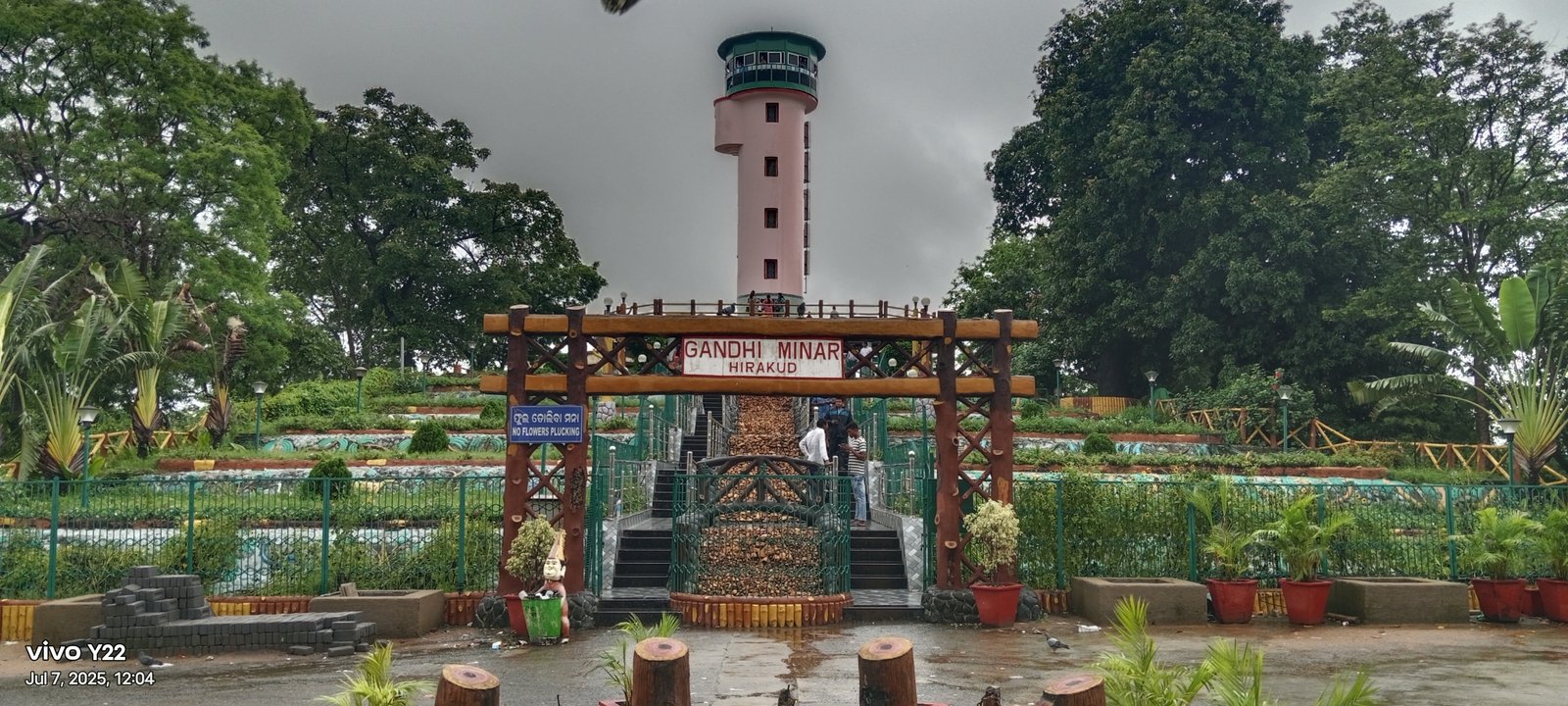Hirakund Dam Odisha
Description of Hirakud Dam
Hirakud Dam is a huge multipurpose dam located on the Mahanadi River in the Indian state of Odisha. This dam is considered to be the longest earthen dam not only in India but also in the world. The length of Hirakud Dam is about 25.8 kilometers (including concrete and earthen dams), which makes it an amazing feat of engineering.
The construction of this dam began in 1948 and it was fully commissioned in 1957. Its main purpose was flood control, irrigation and hydroelectricity generation. With its construction, thousands of villages in Odisha started getting regular water supply to agriculture, which brought revolutionary changes in the agricultural sector.
Hirakud Dam also creates a very large reservoir, called Hirakud Reservoir. This reservoir is spread over an area of about 746 square kilometers and its beautiful natural scenery attracts tourists. The electric energy generated from the dam plays an important role in meeting the industrial and domestic needs of the state.
Apart from this, the dam has also become a sanctuary for wild animals and birds, thereby increasing its ecological importance. From time to time, various initiatives have been taken by the government for tourism and biodiversity conservation here.
In conclusion, Hirakud Dam is not only a water structure but it is a symbol of Odisha's progress, self-reliance and technological achievements. This dam is an excellent example of India's water resource planning which is making a positive contribution in all three areas - environment, energy and agriculture.












